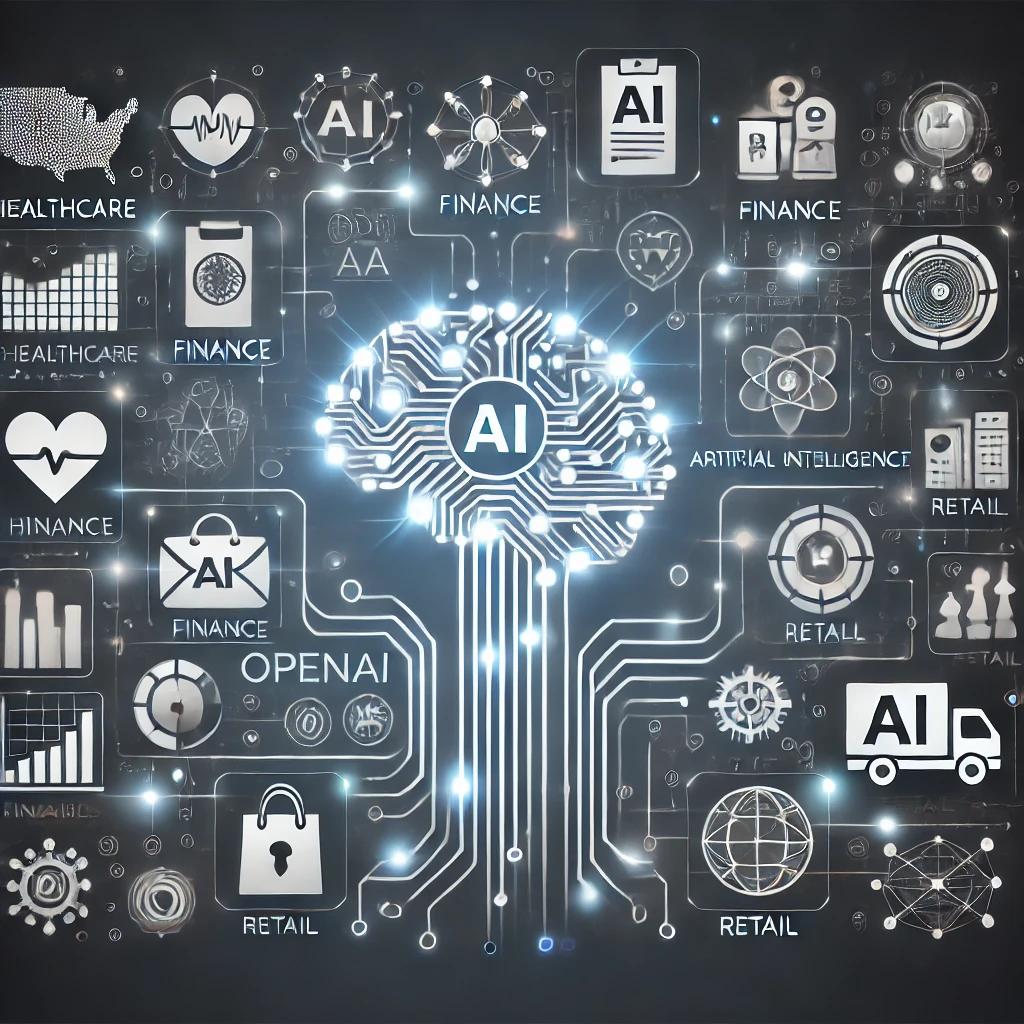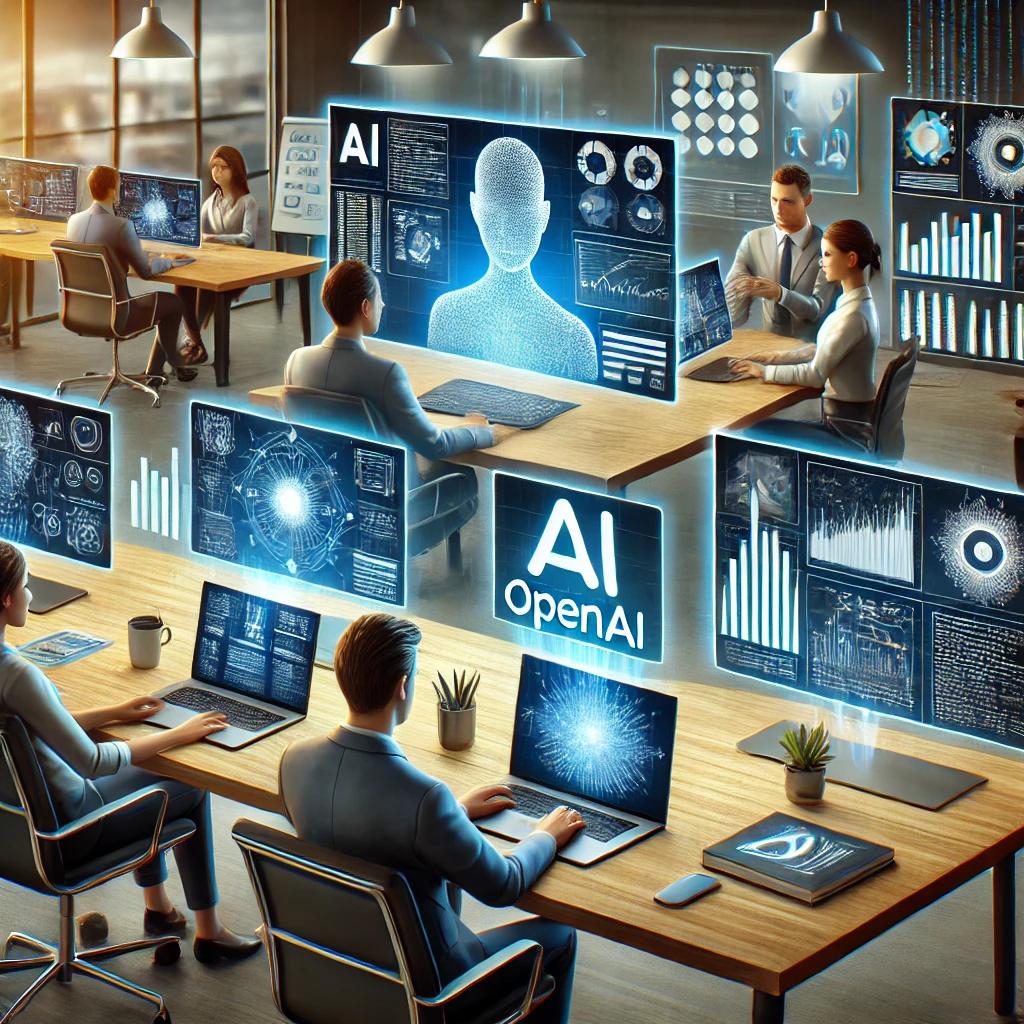A Bold Forecast That Shakes the Industry
OpenAI recently made waves with its projected revenue goals: $125 billion by 2029 and $174 billion by 2030.
This staggering prediction was reported by Vavoza and highlights just how fast the AI sector is expanding.
These aren’t just big numbers—they’re a signal. AI is no longer niche. It’s mainstream, and growing rapidly.
OpenAI’s Growth: From Innovation to Integration
Since ChatGPT’s debut in late 2022, OpenAI has integrated into nearly every major tech workflow.
Its models now support creative tools, coding platforms, and business automation systems.
A major recent move includes the API release of its latest image generation model. This invites more developers to build AI-powered solutions—fast.
In fact, OpenAI’s GPT Store is already creating a monetizable app ecosystem. According to CNBC, this store is allowing independent creators and startups to earn through AI.

Why the Numbers Matter
To put things in perspective: Google Cloud made $37 billion in 2023, per TechCrunch.
OpenAI aims to surpass that multiple times over in a few short years.
This projection suggests massive global adoption. It also reveals how AI is evolving from tool to infrastructure.
Soon, AI won’t just support businesses—it will run parts of them.
Ripple Effects Across the AI Landscape
With OpenAI setting a new benchmark, other tech firms are likely to follow suit.
Microsoft has already embedded OpenAI models into Azure and Microsoft 365, making AI a daily part of work life.
This momentum may push competitors like Google DeepMind and Anthropic to accelerate their own releases.
Venture capitalists are also paying attention—more funding is expected to flow into emerging AI startups.
At the same time, growing influence means growing scrutiny. Regulatory bodies will want guardrails. Businesses need to be ready for compliance challenges.
Opportunities for Developers and Enterprises
This growth presents big opportunities for creators, developers, and businesses.
Thanks to OpenAI’s API and GPT Store, developers can turn their AI ideas into real products and revenue streams.
Businesses, on the other hand, can use AI to improve customer service, streamline workflows, and cut costs.
Whether you’re in healthcare, retail, or education, AI offers scalable solutions.
But adopting AI responsibly is crucial. Training, transparency, and governance are no longer optional—they’re competitive advantages.
Conclusion: A Tipping Point for the AI Industry
OpenAI’s $125 billion forecast isn’t just about revenue. It signals a tipping point.
We’re entering a phase where AI becomes the backbone of modern business.
For professionals and companies alike, this means it’s time to lean in—not later, but now.


